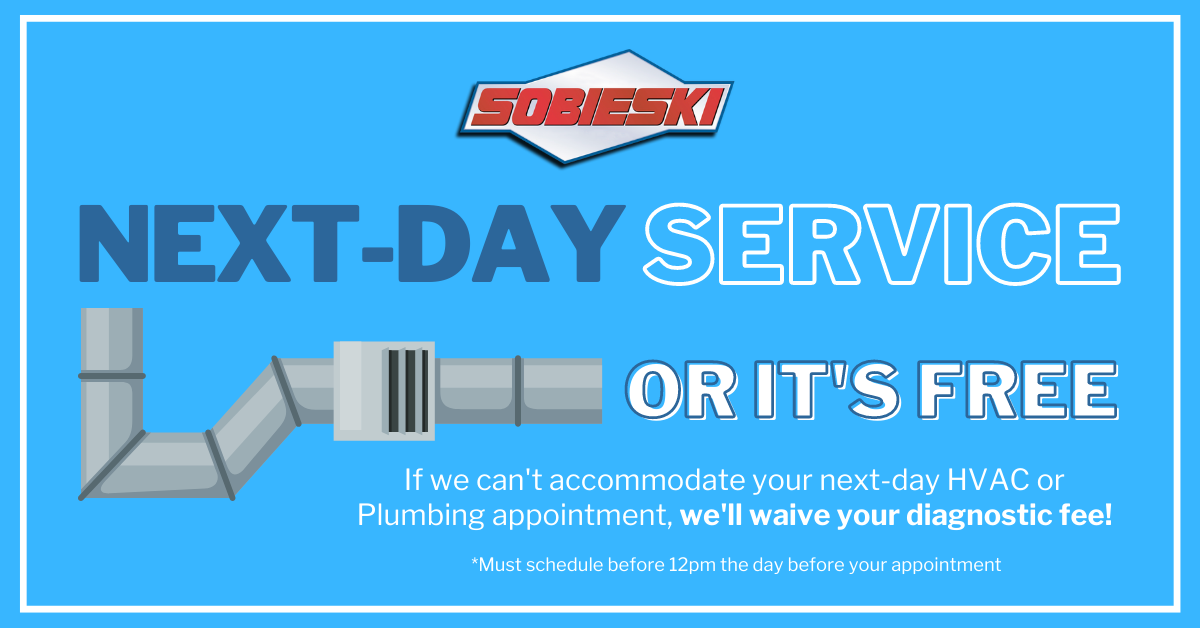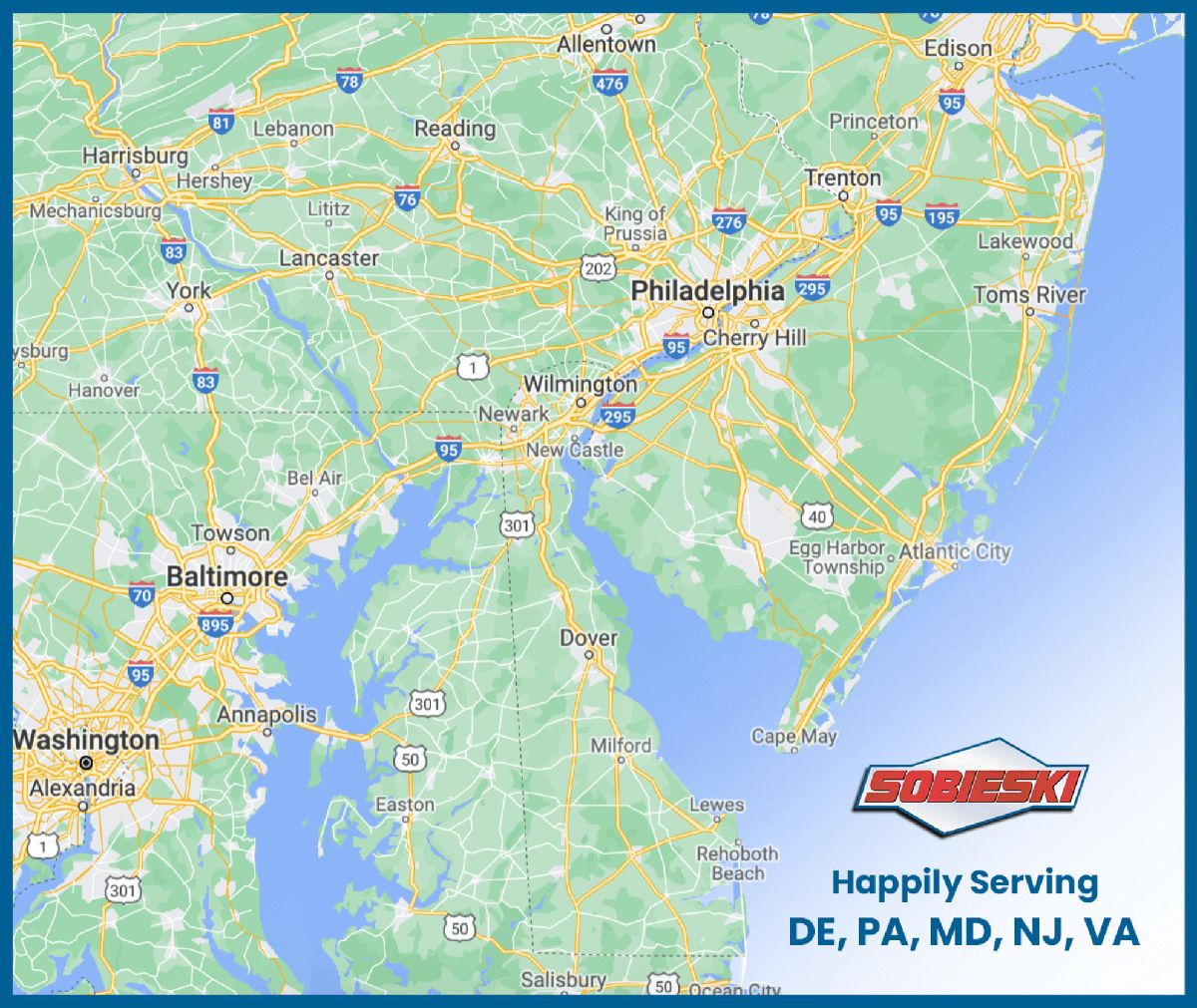Tips for Creating an Effective Fire Evacuation Plan for Your Business
While most local fire codes require you to provide a fire evacuation plan for your business, they don’t always give you much guidance on how to do it. Because a carefully designed plan can save lives, it’s well worth investing some time into yours. Creating a fire evacuation plan for your business isn’t complicated, but it does require some forethought.
Cover the Essentials
Start by considering what types of fires require an evacuation. While larger fires and fires near flammable materials generally do, small fires may not. Establish a chain of command and designate specific employees with the job of ordering an evacuation. This includes designating which employees, if any, will stay after the evacuation has started in order to turn off equipment or follow other fire safety procedures before leaving the building.
Consider what type of safety equipment your employees may need during an evacuation, such as fire escape masks or hoods. Establish your fire exists and exit routes. If you’re in a high-rise building, this will require additional planning. Also plan for the needs of visitors who don’t know their way around the building and people with disabilities. Establish procedures for employees who will help with rescue or medical assistance.
As the final step in creating a fire evacuation plan for your business, establish a way to account for all your employees after the evacuation.
Map It Out
Your evacuation maps are among the most critical components you’ll need to design when creating a fire evacuation plan for your business. These should consist of simple line drawings of the building’s layout with important features clearly marked.
- Building layout – This should show both the interior and surrounding outdoor area.
- Compass – A four-pointed compass at the top of the map will help readers orient faster.
- Current location – Draw a large red dot and label it “You Are Here.”
- Fire alarms and extinguishers – Mark these with fire alarm or extinguisher icons and the label them as appropriate. If you’re not sure your business has enough alarms and extinguishers, schedule a professional fire safety inspection.
- First aid materials – Mark each with a blue cross and label them as first aid kits or stations as appropriate. Also mark the locations of eyewash stations, emergency showers, and other safety stations your employees might need.
- Fire exits – These are doors that are always open and accessible. They must not require a key for exit. Highlight them in bright green and label them with the word “Exit.” Show the path to the nearest exit using a line of green arrows.
- Emergency assembly – This is a safe area where those leaving the building should meet. It should be clear of the building and any highly flammable or explosive materials. Mark this area with a red circle and the words “Emergency Assembly.”
Create Your Plan
Using a graphics program to create your evacuation maps makes it easy to insert clear icons to label elements such as fire extinguishers and exits. Hand-drawing the maps with fine-tipped markers is another option. Remember each map will have a different “You Are Here” point depending on where it’s displayed. Frame the maps and hang them on bare walls where they’re easy to find. Turn each map to match its location so readers can easily orient themselves and find the nearest exit.
Review your fire evacuation and other emergency plans with all employees who may be affected. Supply the name or job title of the person who can answer any further questions about the plan. If the plan changes, notify your employees.
Our goal is to help educate our customers about Plumbing, HVACR, Fire Protection and Alarm Systems in Mechanical, Commercial and Residential settings. For more information about creating a fire evacuation plan for your business and to view projects we’ve worked on, visit our website.







